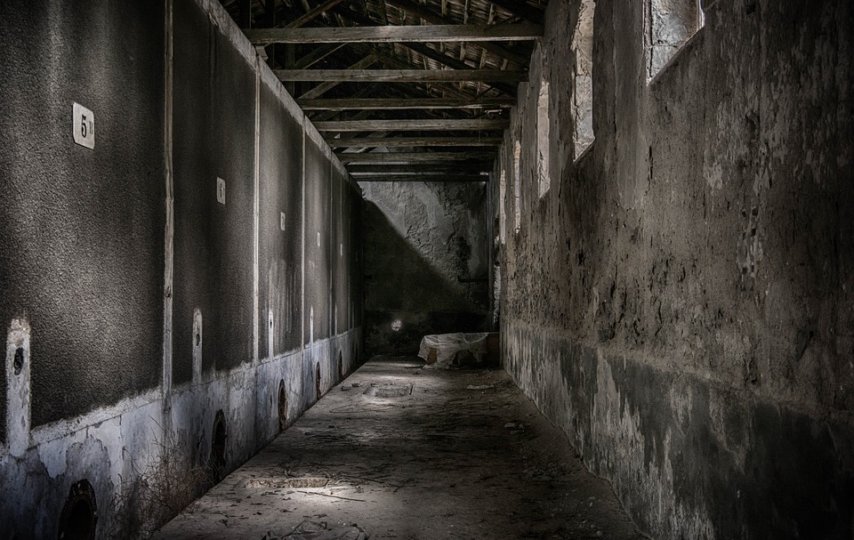If there’s any part of your home that’s likely to flood, it’s got to be the basement. Why? Well, there are several reasons. First of all, it’s the lowest part of your home, which means that (due to gravity) all the water will flow towards it. Second, if your drainage system is inefficient, all the water around your property will look for the lowest point of access, which is definitely the basement. So, for this problem you can always contact flood restoration services to take care of this.
Finally, when it comes to your plumbing, the majority of pipes lead through the basement. Therefore, due to the length of the plumbing present in your basement, the likelihood that something will go wrong is somewhat higher. Not to mention the fact that the temperature, humidity, and overall conditions in your basement aren’t doing these pipes any favors. Lastly, the basement is the part of the house that you spend the least of time in, which means that any sign of plumbing damage has the lowest likelihood of being spotted. So, if the flooding does occur, here’s what you should do about it.
1.Check Your Basement
During the downpour, even if you’re 100 percent sure about the functionality of your guttering and drains system, you should definitely check your basement in order to see if everything’s fine. Sometimes, handling the issue depends on your ability to spot the problem early on. For instance, the chances are that the water will be leaking or dripping inside your basement and not gushing. If this is the case, you have enough time to seal the hole or contain the leak so that it doesn’t cause any property damage. This, however, is only possible when the problem is noticed in time.
2. Prepare Your Gutters
The purpose of your roof is to protect your home from rain, but it’s your guttering system that protects your basement from flooding. The rain coming down the roof is supposed to go somewhere, the right place for it is definitely the drain, and so, how does it get there. Well, it slides down your roof to the gutters, goes down the downspout, and straight into the drain. In order for all of this to work, your gutters need to be in an optimal condition. Start ensuring this by cleaning them properly, but if they’re starting to deteriorate or if they’re damaged beyond repair, start considering gutter replacement.
3. Prune the Surroundings
Cleaning your gutters is a task that should be done bi-annually, but the amount of work that you’ll have to face is situational. It all depends on several factors. First, there’s the factor of the debris, which is something that will depend on the surroundings of your gutters. If there’s a nearby tree on your property, branch chips and leaves will constantly end up clogging it. On the other hand, pest nests are also an issue, one that you cannot simply resolve by pruning. This is why even if your roof’s immediate surroundings are clean, you still need to inspect the roof regularly and tend to its functionality.
4. The Flashing
The next thing you need to worry about is also an essential part of your roof’s water protection system. We’re talking about the flashing. First of all, the flashing is used to cover those parts of your home that are not that well protected by the shingles. In the places where shingles meet, there are joints with gaps through which the rain can penetrate. More importantly (when focusing exclusively on your basement), you need to keep in mind just how important the roof flashing is for steering the water towards your guttering.
5. Know the Location of Your Water Valve
The next thing you need to watch out for is the internal cause of the flood in the form of a burst or leaking pipe. Once you notice this problem, the first thing you need to do is shut off your water valve. This will stop the spread, thus containing the damage. You see, unless you have advanced plumbing knowledge, chances are that you won’t be able to fix the problem on your own. This is why you need to buy some time for the help to be summoned and for it to arrive at your location.
6. Inspect Foundation Cracks
Cracks are not just an aesthetic problem; they’re also a major issue when it comes to gaps through which the water can penetrate into the basement. The problem, however, runs even deeper than it may initially seem. You see, if the water penetrates these cracks, once the temperature gets low enough, it will solidify, and the cracks will expand (eventually under such pressure). This is why it’s so important that you inspect the foundation cracks in time and do all that’s in your power to remedy this problem before it escalates any further.
7. Flood Insurance
The very last thing worth keeping in mind is the situation in which you haven’t taken all the necessary steps of precaution, and you have actually undergone a flood. There are also some accidents which you can’t avoid, no matter how hard you’ve tried. The majority of emotional distress caused by a flood is the concern for the material damage caused. The cost of repairs and replacement of damaged items, fixtures, and elements is simply unprecedented. By investing in flood insurance, you will easily avert the bulk of these concerns.
In Conclusion
At the end of the day, you need to keep in mind that dealing with a basement flood isn’t such a difficult matter. The only reason why it’s such a problem is due to the fact that a lot of people put it reasonably low on the priority list, firmly believing that this is a problem that they won’t have to deal with. As far as the preparedness goes, it’s vital to understand that it’s far better to be prepared and not have to act upon the matter than to be unprepared when the accident finally happens. While the choice is all yours, it’s often better to be proactive.
Author Bio:
Mia Ackerson is a Melbourne-based writer. Loves writing about home decorations and home improvements. She’s also interested in reading books, movies, music, baking, and gardening. You can follow her on Twitter.













